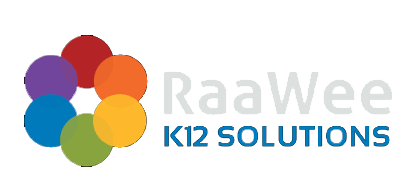Interventions for Chronic Absenteeism
You cannot punish me if I am not there. Absent students have been screaming this at schools forever. It is a scapegoat complex. Schools believe adding more punishments or rewards will change behavior. It’s true, but only if the student shows up. Students with prolonged absences, for any number of reasons, become separated from the people and the process. No amount of incentives, positive or negative, will get them back. Wholistic targeted interventions, emphasizing people and services, aimed at re-establishing bonds at tier 3 is what is required. This session engages the participants in reviewing a common few interventions, some emerging ones, and top three tips on how to develop your own. In sum, prolonged absence, and avoidance, is more about the school and the people than the academics.
Beware the Likes
With every social media post comes the “likes” and “shares.” Whether we had a great dinner, passed a test, or just went somewhere new, our experiences are being rated. Of late, the rating has moved beyond the experience to a reflection of how much the person and their experiences are liked or un-liked.
The video RATED asked how many stars would you give yourself, if you were truly being honest about your actions, behaviors, and thoughts around others. Then imagine, based on that rating, you walked around with everyone knowing whether you were a 5 or a 1-star person. Even further, imagine your star now influencing your experiences; where ate, services you received, who talked to you, and how others perceived you?
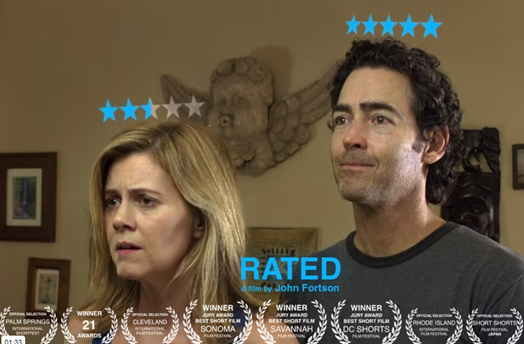
The audience was asked to give their reactions on how they felt after watching the video trailer. Evident below some said it would feel good. Presumably, those were the ones with 4 or 5 stars who would want others to see that they have been good, kind, and trustworthy. On the contrary, many noted they feel bad, ashamed, pressured, embarrassed, frustrated, worried, and even nervous.
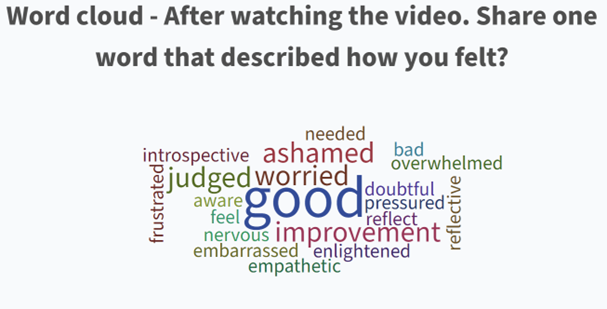
Embracing Multi-Tiered System of Supports (MTSS)
The exercise gives us a glimpse into the thinking of students who have higher degree of absenteeism. Though we have embraced evidence-based practices like the Multi-Tiered System of Supports (MTSS) grounded in public health and framed as an organizing model for response and interventions, the model rates students. Upon reflection, it is a structure, which inadvertently labels students and limits service access based on that label. Thus, when trying to encourage students with prolonged absences to return and engage, they too feel bad, nervous, pressured, frustrated, ashamed, worried, judged, and so on. They feel their good may have been overlooked. The one or two wrong was judged incorrectly and there is no recovery.
Viewing Intervention through a New Lens
The topic my absence, your problem speaks to our response to interventions. We must be able to view interventions through a difference lens. For instance, simply adopting practice that became ‘best practices’ under curated circumstances to our own acculturated student body and resource-gaps is flawed. We must choose interventions to our situated context, leverage the data we have in defining DIY solutions, explore emerging practices in our own schools, and feel free to learn from others to curate our own circumstances. This is imperative because the students are finding themselves in tier 3 of the MTSS model are often less than 5% of our student bodies and require not wholesale interventions but as much specialized attention as possible.
We cannot go any further without defining absenteeism. My definition of absenteeism is
“Absenteeism is the total sum of a student’s in-school and out-of-school experiences”
Each experience fuels the pull and push factor of the student’s engagement in school.
- In-school experiences are everything in and about the school environment, everyone in the school environment and all decisions having to do with the school. The converse is also true,
- Out-of-school experiences involves everything NOT in or about the school environment, persons in it, and decisions having to do with school.
Therefore, if absenteeism is a problem about experiences, then interventions must be about solving problems. The interventions must solve problems by those who have decision-making power for those who will be impacted through any means (activity, behavior, technology) to disrupt a chain or create an outcome.
My absence means my experiences have created a problem for which YOU must find a solution because it has created a problem for you in keeping me engaged in education. Prolonged absence and school avoidance is more about the school and people in it than the academics. The child still wants to learn and fit in but the dynamics in the school or getting to and staying in the school have affected this desire.
Schools are exceptional in defining and implementing interventions to create outcomes. However, there has never been a true formula simply to enable good or better outcomes for students versus old models of increased punishment. I offer one formula to aid in decision making. Assume A squared is defined as excessive absenteeism and our discussion on experiences and interventions. Then the formula would read A2 E + I.
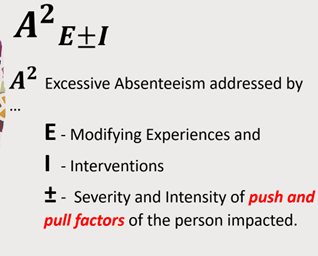
Adjusting the Narrative of Control
The assumption being that anytime we have high rates of excessive absenteeism we would first aim to modify the student experiences in and out of school through interventions that are dialed up or down based on the severity and intensity of the push and pull factors impacting the student. In doing so we are clear that we know no number of in-school incentives will work with the student is absent and that holistic and targeted interventions are the best for the students where emphasize attention to people and services out-of-school to reengage through support, build school bonds, and better relationships. In the end control matters. Students who have moved from direct control to internal control do not respond to rewards and punishment nor pro-social relationships but to their own personal compass. As such, to reclaim them we must do the reverse. We must first appeal to their personal compass, what is important to them through out-of-school supports. Move into building pro-social relationships, which eventually moves them under a surveillance of influence where rewards and punishment can make an impact on decision-making.
Positive outcomes however depend on partnerships. Consider cross-system streaming to share and connect to out-of-school interventions and supports. When doing the intervention via:
DIY – Do. It. Yourself Method:
Be sure to leverage the current data you have and use the formula presented herein. Be sure to Devise, Define, Determine, and Deploy

CURRENT EXAMPLES:
When using a method already in place it is important to ensure that there is a direct match between the defined problem and Solution like the examples below.

EMERGING PRACTICES:
There are many organizations responding to how to effectively meet students where they are. One area is in socio-emotional learning. Some have used training of staff and personnel (like GCSORED)while others have used technology, AI, and other software like (Fight for Life Foundation). The goal is the same identify the problem and match with solution to enable measurement.

Relationships vs Punishment
Sadly, most interventions have been negative and punitive. We have data to show interventions like PBIS, MTSS, Science of Reading, Extra Curricular, etc. can change behavior but many times, we cannot define if the problem for which it was instituted has been solved. We must use the right type of interventions at the right time to make the best impact. Build relationships!
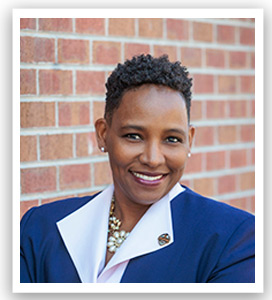
About the Author
Dr. Carolyn Gentle-Genitty, founder, lead consultant, and Chief Education Officer for Pivot Attendance Solutions, has inspired many administrators, educators, students, and school social workers as a past chair of the school’s concentration Masters Curriculum, tenured professor, and Director of the Bachelors for Social Work Program. Having worked closely with Indiana Department of Education to assist school counselors in acquiring a school counselor license and coordinating curriculum mapping and application, she knows the intricacies of working with school-community partnerships. She has been a forerunner in responding to school absenteeism, truancy, and social bonding. She has over 30 years in youth development, 20 years in dropout and truancy and more specifically she brings over 12 years studying, researching, presenting, and writing about absenteeism locally, nationally, and internationally. In the US she is a leader in absenteeism and understanding school attendance problems and translating such into practice models for implementation. She is forging partnerships in colleges to establish the area as a formal field of study.


